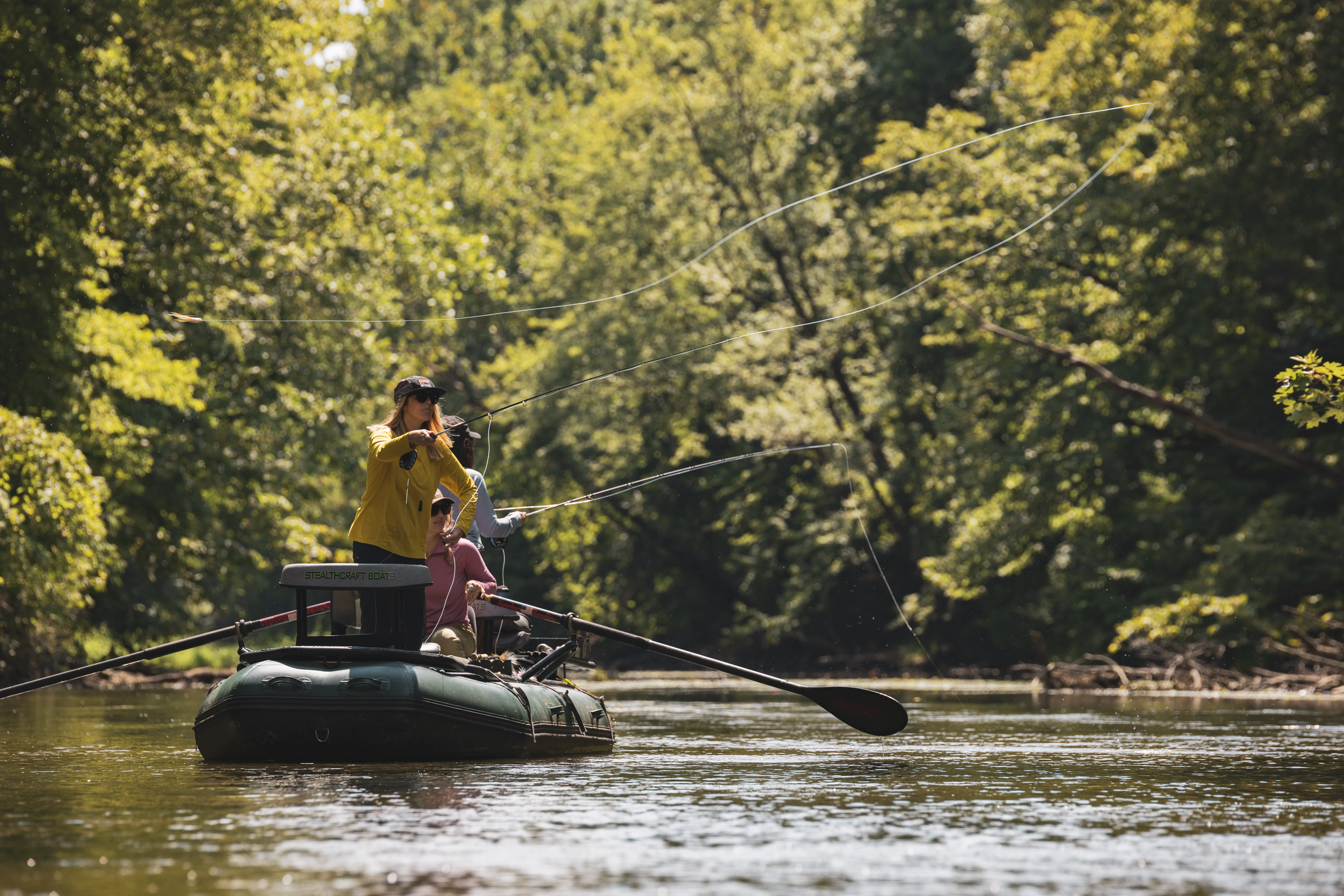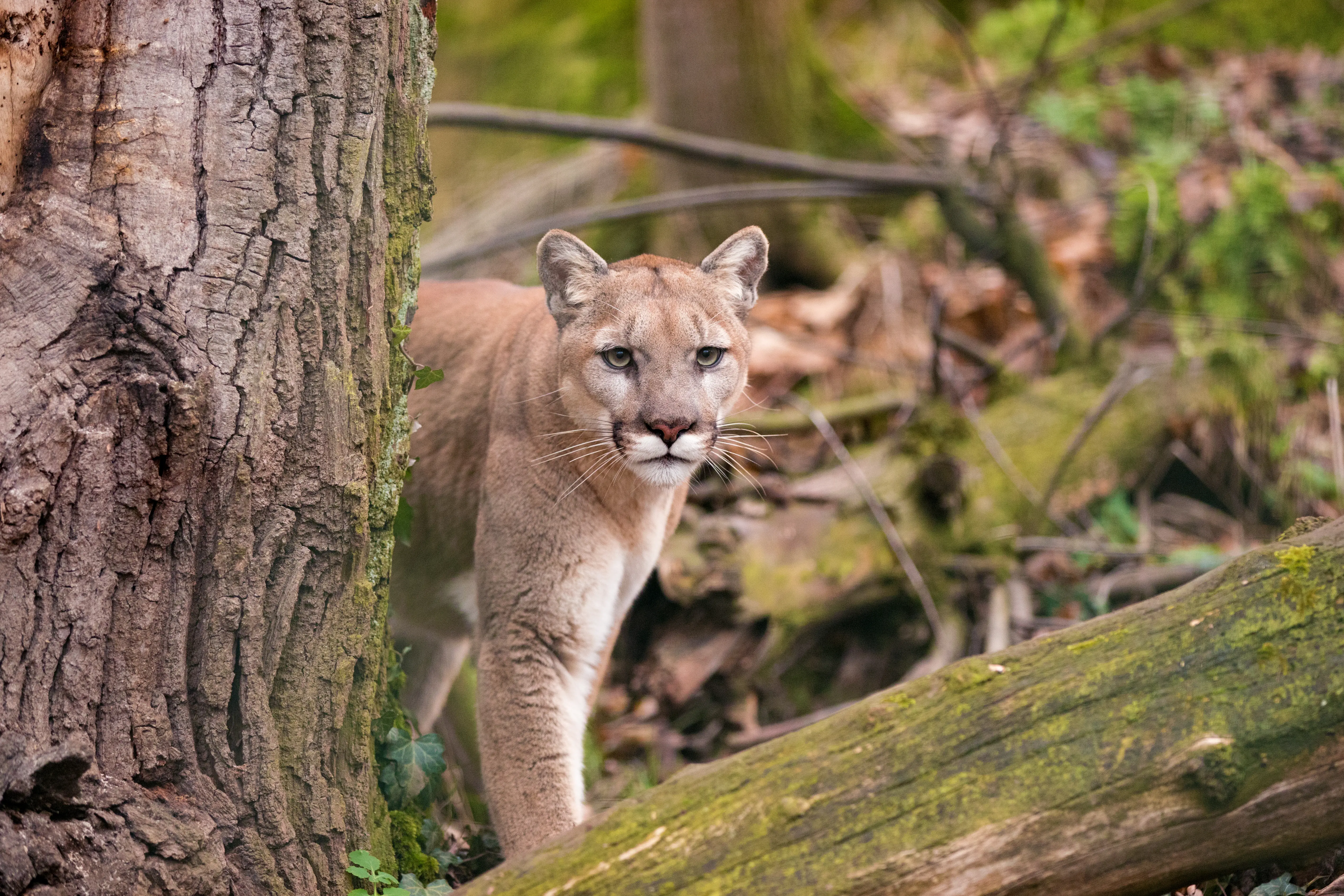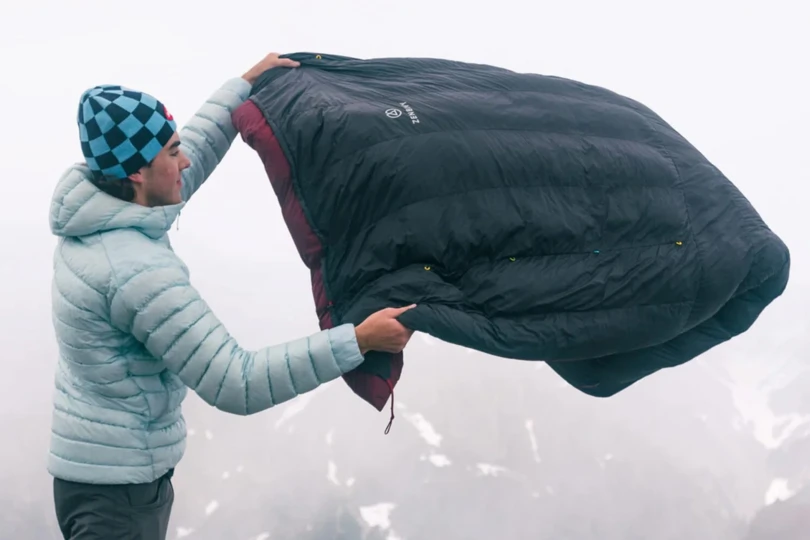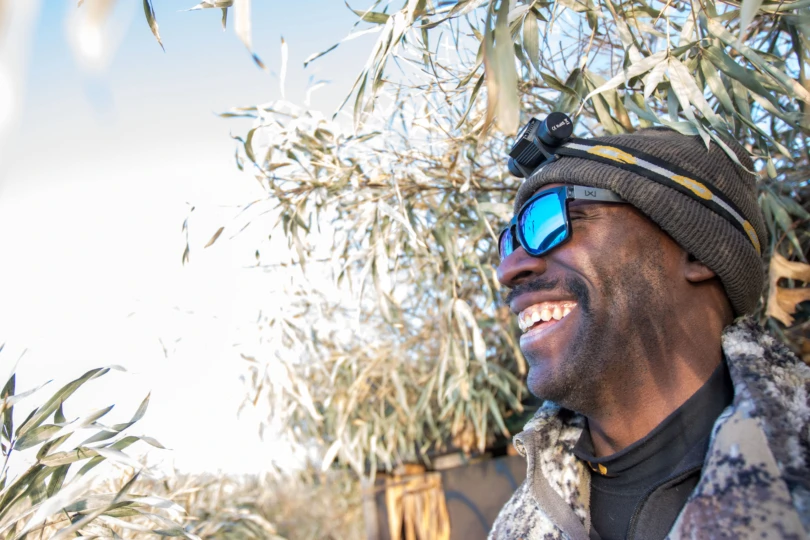The GearJunkie team has not been subtle about our love for the Orvis Helios rods. The Orvis Helios 3 Blackout took the top spot on our list of Best Fly Rods of 2022. It also got a glowing review as “almost the perfect fly rod.”
That is not an easy statement to nab from us. It was my go-to rod for almost every fishing application. I say was because I slammed the tip in my tailgate, cried, and have been too lazy to replace it.
For 2024, the brand has officially released the fourth generation of the much-loved rod.
Our own Sean Jansen had the chance to take the new iteration of the Helios on the water last year on a media excursion with Orvis to not only give the new rods a test run, but also to learn a little more about the origins of the brand in the place the magic actually happens.
Before we dive into the history, let’s stick with today. After all, there’s a new fly rod out. That’s worth a bit of giddiness before the history lesson.
The All-New 4th-Generation Orvis Helios: A First Look
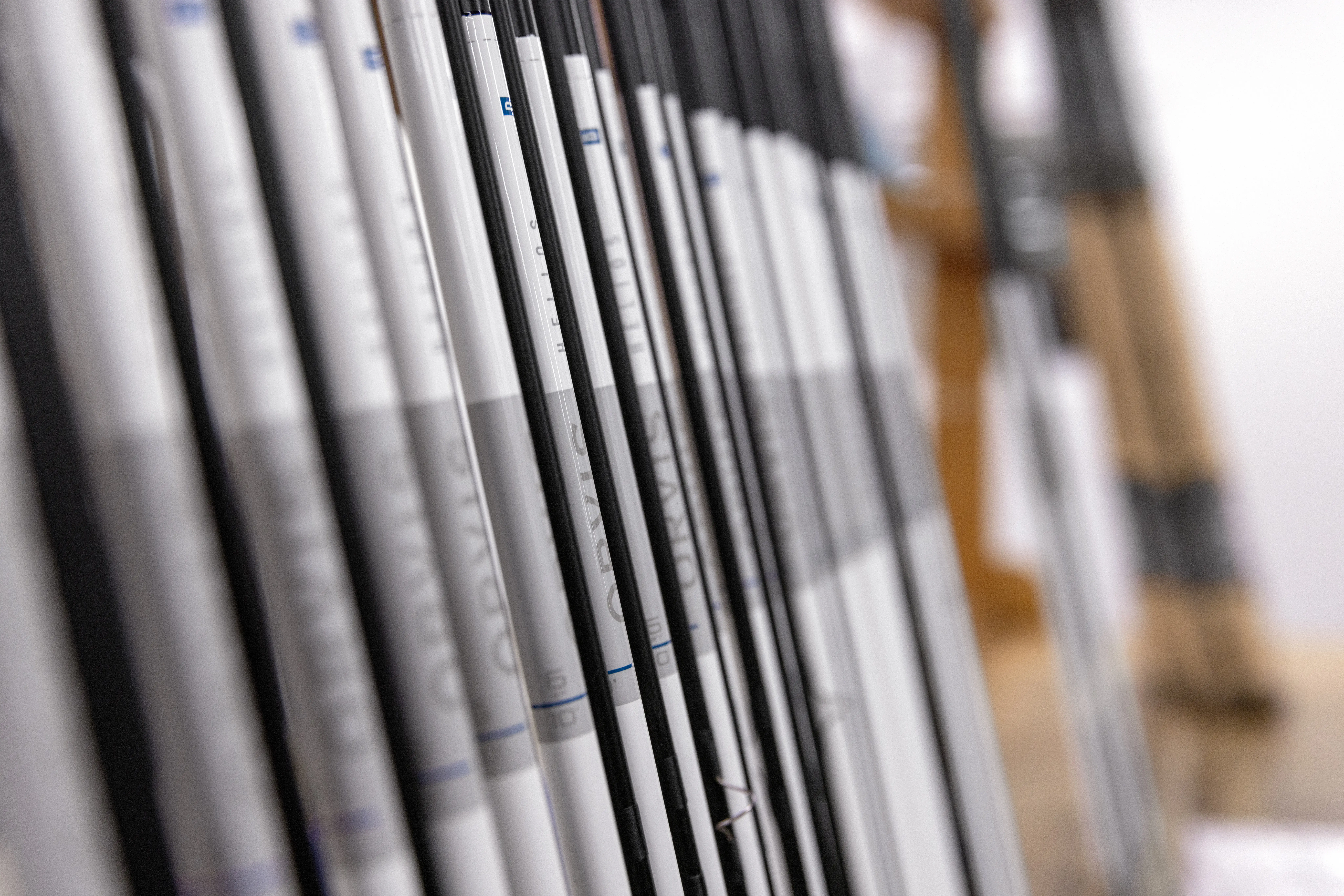
What’s Available?
The fourth-generation Helios ($1,098-1,198) is available in two different series: The Helios D (distance) and Helios F (finesse).
The D-Series offers increased line speed, lifting power, and stored energy. This is the rod that’s going to help you get serious reach. It’s available from 4-weight to 14-weight. (Can you imagine?)
The F-Series brings all the sensitivity an angler could want. Think of it as the rod you choose when the fine details of your presentation are more important than your reach. The F-Series rods are available from 2-weight to 8-weight.
So, What’s New?

4X Better!
That’s the headline and claim from the brand. This rod is 7 years in the making, and Orvis feels it is measurably the most accurate rod currently available.
“We had something really special with the Helios 3, and we wanted to challenge ourselves with something better. Because the team in our Rod Shop is the best in the world, the result is revolutionary.”
— Orvis President Simon Perkin
With increased hoop strength and major reductions in rod tip displacement, Orvis has created a fine-tuned fishing stick that it isn’t just saying is better than the competition. The brand is saying it is four times better than the previous Helios. So, how do you measure what fly fishermen feel when it comes to accuracy and precision?
“We’ve built the tools to quantify what’s been measured historically in our industry through feel. This rod is where instinct and innovation meet. The result is the most accurate rod in the world. We know it when we cast it, and we see it in the data.”
— Shawn Combs, Director of Fishing Design and Development
Fly rods have become so dialed in recent years that it’s hard to imagine seriously impactful improvements, but it sounds like Orvis took the time and initiative needed to fix the unfixable and improve the unimprovable.
First Looks & First Tests of the 4th-Gen Orvis Helios
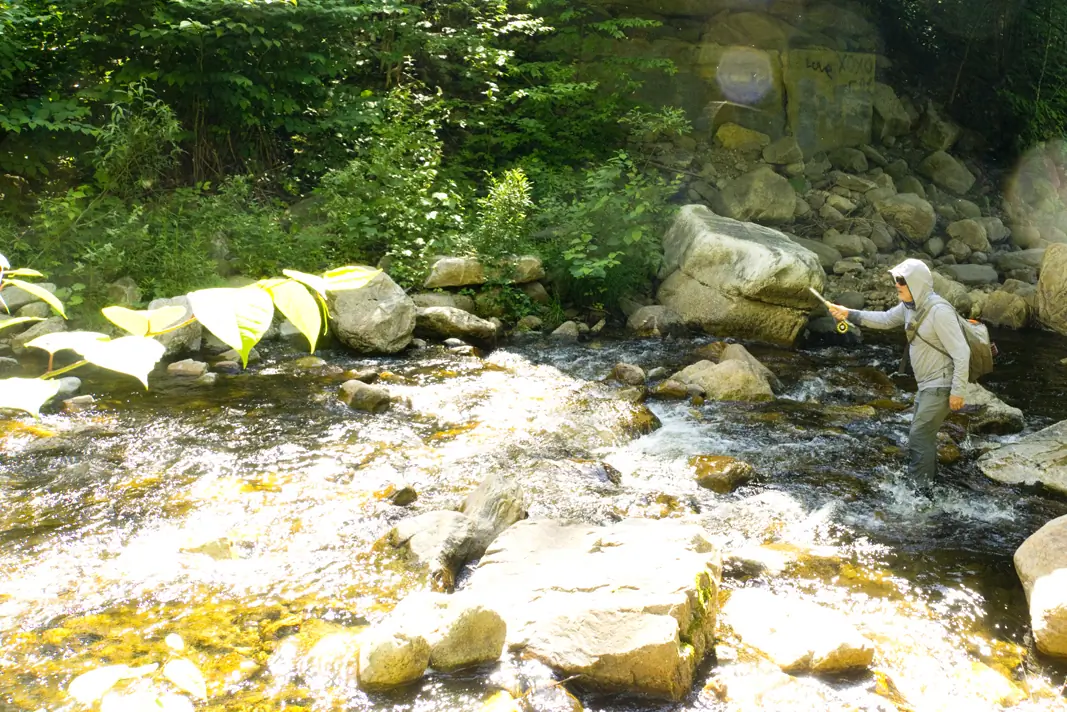



Sean Jansen spent some time with the brand last year and had the opportunity to test-drive the new Helios lineup. When I asked him what his first impressions were, he immediately jumped to feel:
“The cork and the balance of the rod was the first thing I noticed when in hand. It had this pleasantness to it in the palm that I didn’t want to let go of. I have yet to feel the same in a Sage, R.L. Winston, or Remington for that matter.”
He went on to wax poetic about military-like precision, the buttery smoothness of the line, and the absolute worth of the rod. I’ll save a bit of that for perhaps another, deeper dive into the rod. After all, this is just a first look. We haven’t had the time to put the dang thing through serious paces.
I mean, looks aren’t everything, but the new Helios rods are slick. The muted variations between shades of gray and white just look clean.




The overall synopsis of his experience with the new Helios can be summed up with the drooling emoji, I think. We’ll be sure to update you with a full review when we have a little more time with it in hand.
Now that we’ve explored a bit of the exciting news, let’s talk about what started it all.
The Beginning of Orvis As We Know It
Sean Jansen Explores the Origin of the Fly Fishing Leader While Testing the Newest Innovations
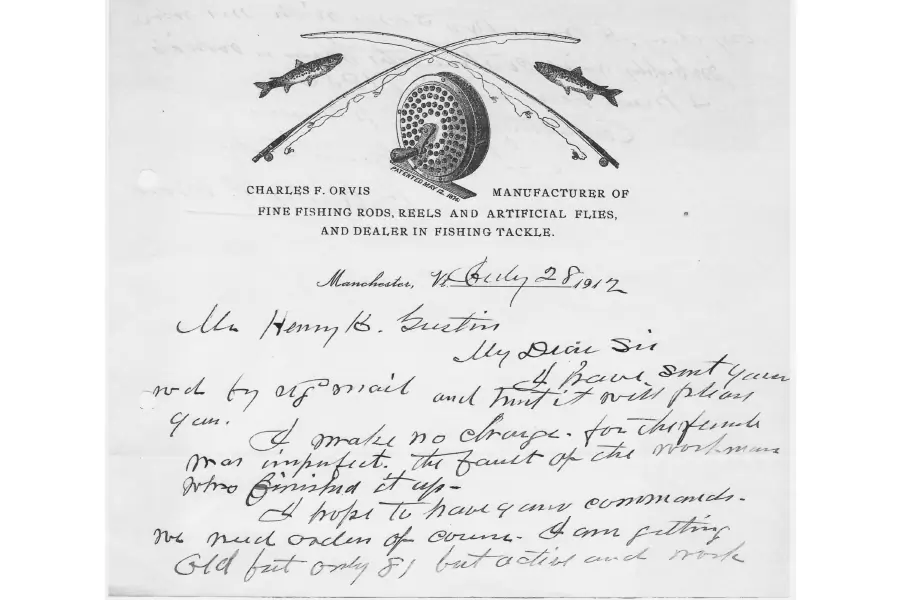



The Start
In 1856, a few important things happened in the United States: Dallas, Texas, officially became a U.S. city. James Buchanan became the 15th president. More importantly, Charles F. Orvis started his namesake company in Manchester, Vermont.
Charles’ dream was to offer “superior fly fishing equipment and priding himself on customer satisfaction and service.” This quote is featured on the company’s website. I discovered it also flows with the blood of each individual who works there. Like the water running through the mountain canyons of New England, the inspiration that kickstarted the company now trickles into each employee.
Orvis started his company with a simple premise: build the world’s greatest fly rod. In 1876, with very few employees, the new team designed the first modern fly reel. That innovation changed the way a fish could be fought and line controlled.
Fast forward 80 years, and the game escalated to the first impregnated bamboo fly rod. As designs flowed and concepts were created, a single recurring sentiment echoed: “We can do this better.”
Where It All Began




That statement and history have been combined with innovation and could be felt the moment I walked through the rod shop doors. The building is new and was literally built by the rod designers themselves, but the location and history of the rod shop are what matters. You can almost see the ghosts of the fish caught swimming in the rafters.
The history was there, and the smell of bamboo is still at the core and spine of the company. Always reminding them where it all started, with an employee in a single room constantly working toward refining and remembering that history with each rod being traced back to its original owner.
However, it has clearly maintained its attention to the original concept that has driven the company from the moment it was founded in 1856 — innovation.
The Future of Fly Rods
The hiring of nuclear submarine designer Shawn Combs in 2011 brought in space-age technology. It turned the bamboo rod factory into a near-white-coat, top-secret lab for designing fly rods.
The bamboo has been replaced with carbon. Machinery has been brought in, and top-of-the-line technology has made the process of rod building more streamlined, accurate, and smooth. But each machine, each component, and each switch needs to be pressed by a hard-working individual, and Orvis prides itself on its workers.
The Perkins family now owns the Orvis brand, but despite all the changes, one thing has remained constant: the dedicated team at Orvis.
There’s a board in their rod shop with years of service attached to their names. Nearly every employee has a decade of loyalty or more to show. It felt much like a family business, with each employee nearly being a descendant. It truly felt as if each member of the team felt responsible and deeply proud of the brand.
My Experience With the People Who Make It Happen
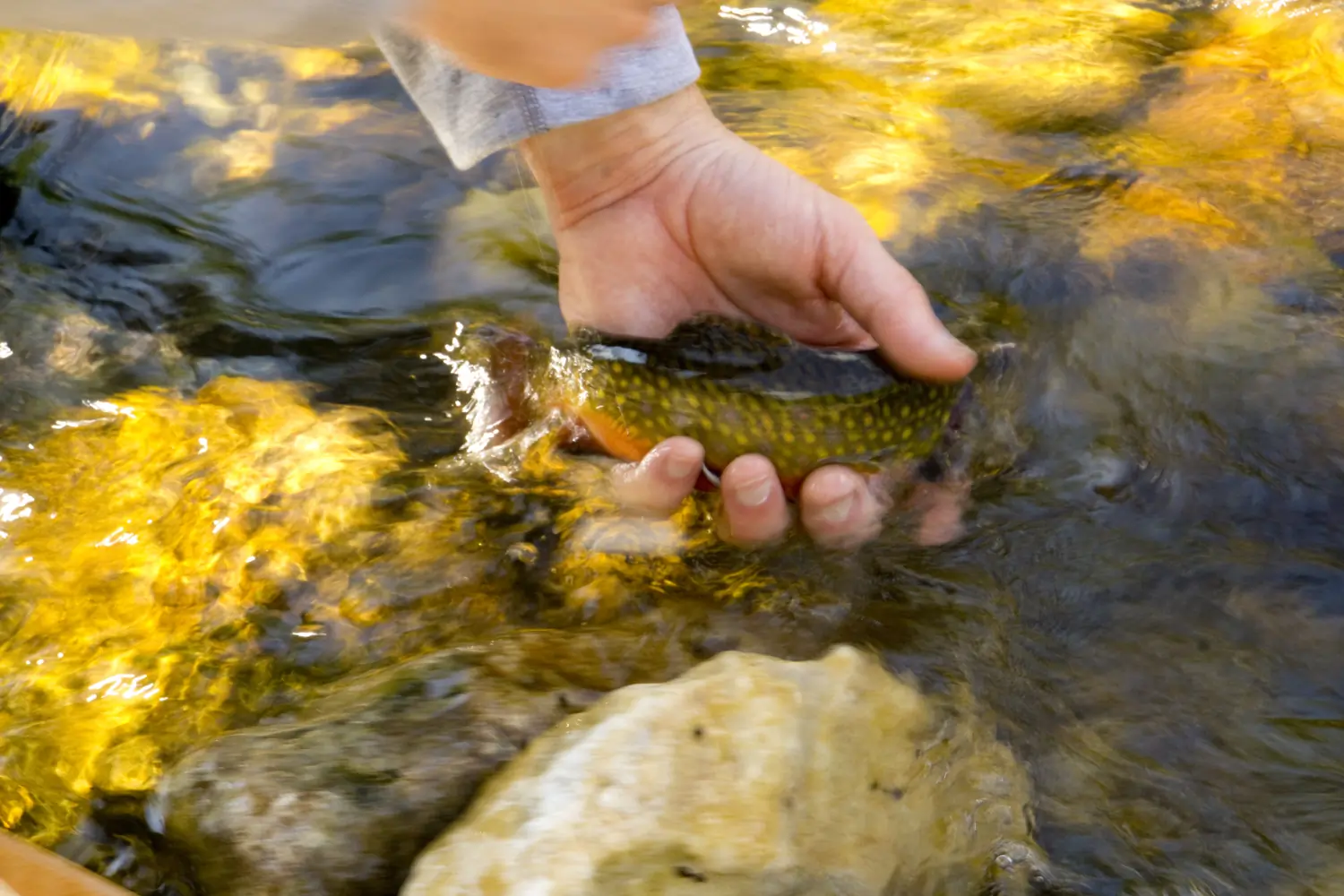



“Doctor’s Office” is emblazoned next to Phil Monahan’s (managing editor for online content) name plaque. It has nothing to do with a doctor’s visit. It is a therapy session of sorts on one of the many small boulder-strewn creeks that hold native brook trout. I was able to schedule my own appointment with the grand fish therapist.
We grabbed one of the new nuclear submarine designs that Shawn has been working on and took turns switching off between fish. It was a creek no wider than your car, but the pocket water of crystal clear water offered glimpses of fish just as colorful and just as beautiful as the surrounding environment of Orvis’s home. The fish were no larger than a ruler, but our smiles and passion for the technology far exceeded that measure.
On nearly every cast, a curious and hungry fish would arrive to hit our dry fly or dropper combo. One fish went for my dry fly but I failed to set the hook in time for its rise, and instead shot the fly up into an arch over a tree above our heads and hooked the branch.
I turned to Phil to see him laughing, nearly using a bush to hold himself up from collapsing with hysteria. At that moment, I knew what Orvis stood for and what the people felt among each other: family and passion. What good is it doing something you love if you can’t laugh about it with your family and friends?
A Company That Stands for Something
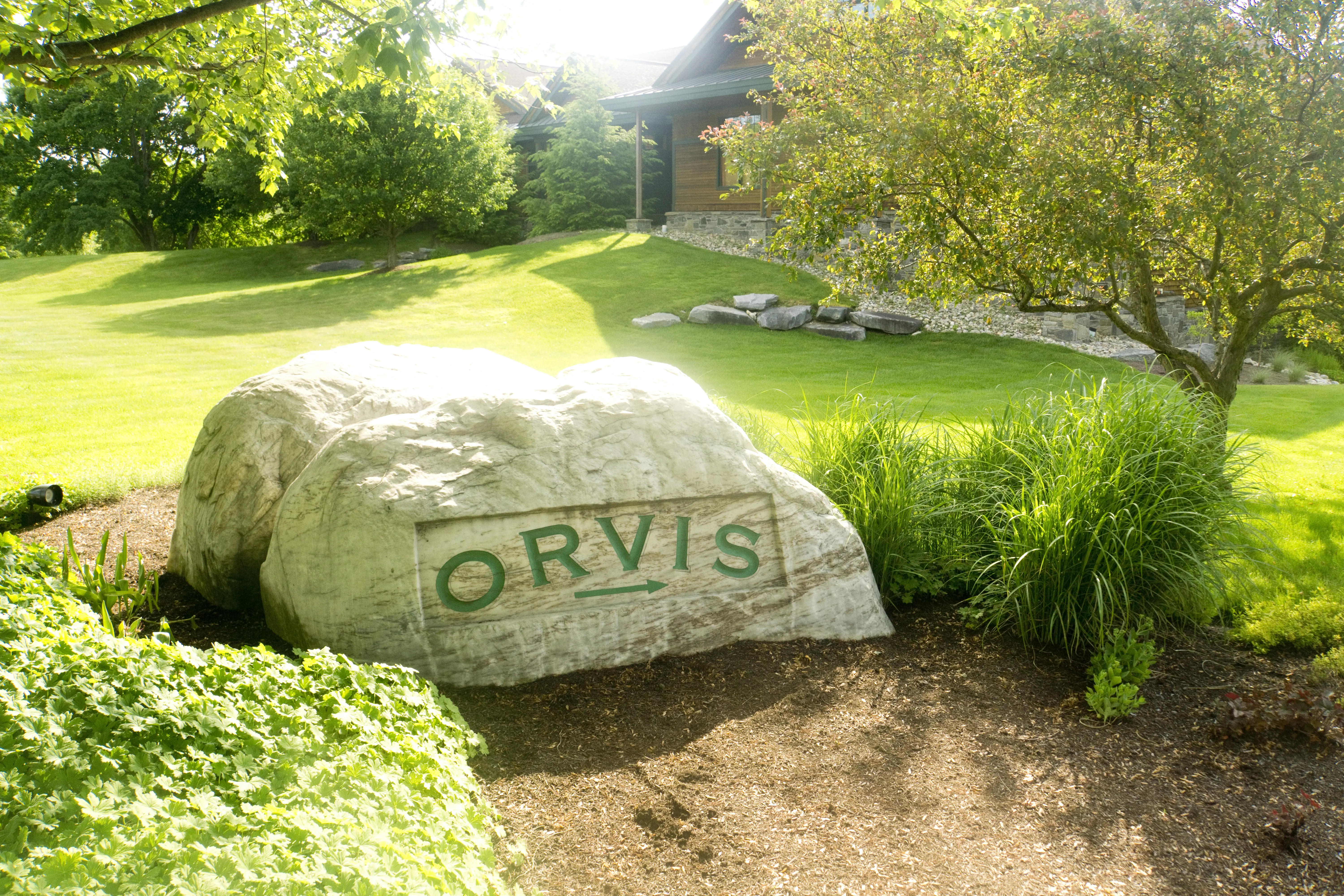



That passion goes beyond rod building, dog beds, and clothing. It goes to the conservation of the fisheries we all love. projects like 5% for Nature. The brand donates 5% of pre-tax sales to protecting nature and canine health, and supporting the communities in which it operates.
The innovation doesn’t stop at rod building, manufacturing, clothing design, or the health of your dog, but also to equality. Orvis launched the 50/50 on the Water project to increase gender parity in fly fishing. The campaign started with a recording of a voicemail from an unsatisfied male angler on the subject of perceived inequality. Orvis listened, spearheaded it, and prioritized it.
Historic Passion and Unmatched Drive
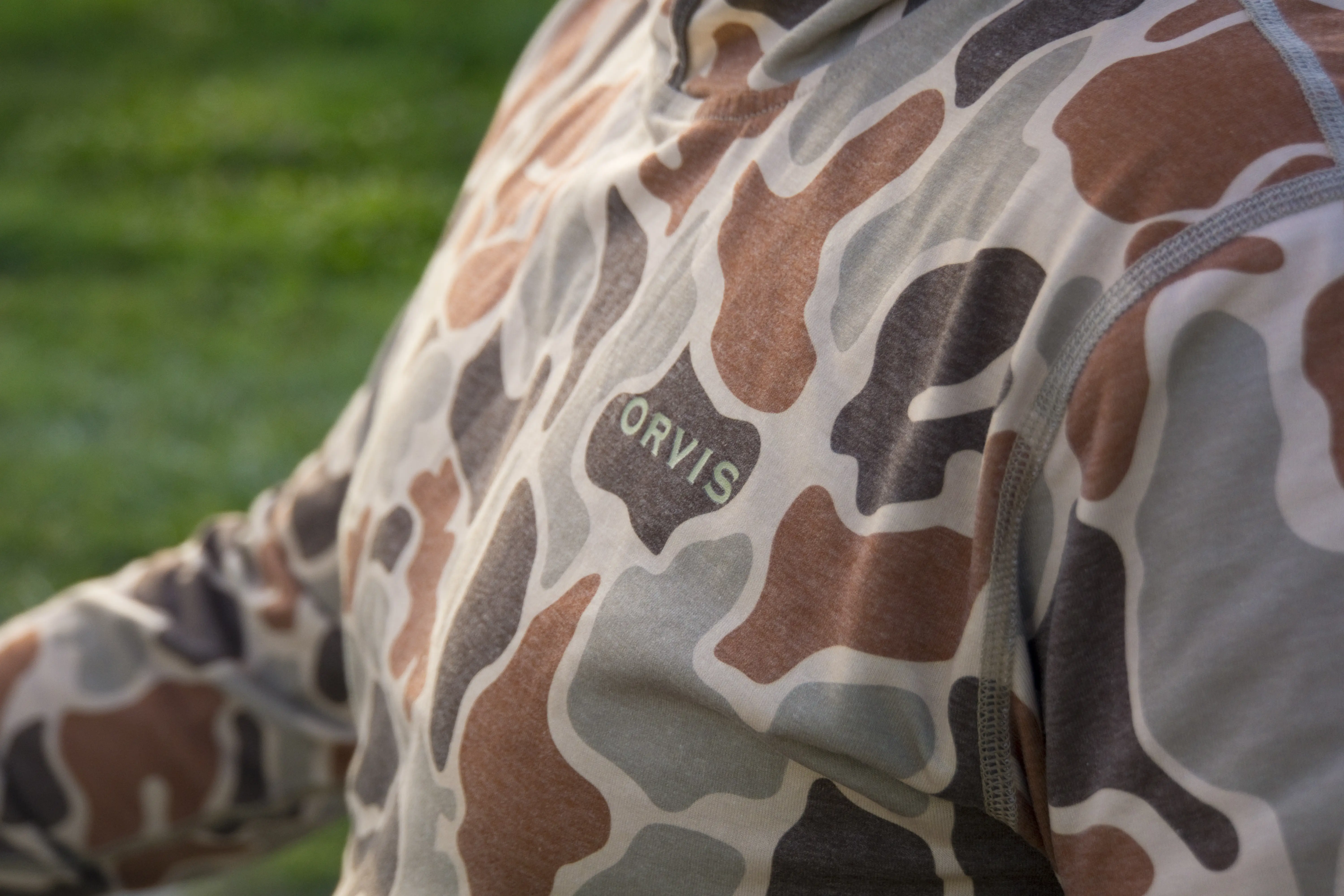



Orvis started as a family-owned business and still is today. The family name has changed, but the passion remains.
Even as a short-term guest, I felt like part of the family only after 3 days of being in their home. The money you spend on the rods you cast, the dog beds you buy, and the clothing you wear would be money well spent. It should feel as if you’re supporting a close family business because, essentially, you are.
Because of that, not that I wasn’t before, I will be a lifelong customer and now an honorary member of the Orvis family for years to come. Not only that, I’ll certainly be a returning angler to the fisheries that have inspired the brand to be the best in the business. I look forward to casting those waters with an Orvis Helios in hand.
